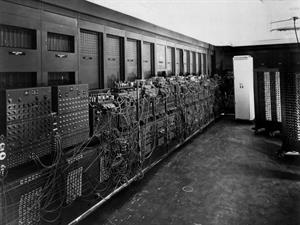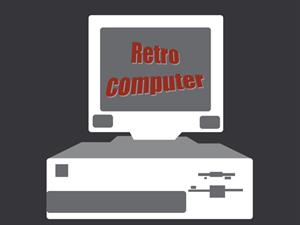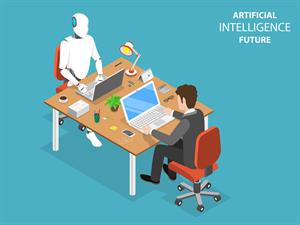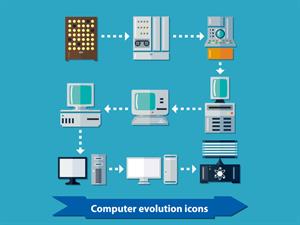PDF chapter test TRY NOW
Have you ever think of that how, when and who invented the computer?
The history of computer starts with the simple tool all we have heard about, "The Abacus".
Let us learn how and when did it lead to the invention of Computers.
The initial computers did not have any monitor and memory. The abacus - adding machine is a wooden rack holding horizontal wires with beads strung on them. It was invented in Babylon around 2000 years ago.
In 1822, Charles Babbage, a professor of mathematics, designed an automatic mechanical machine called difference engine, which is a type of counting machine. He also introduced another machine called Analytical Engine which could store information on punched cards. Babbage invented all necessary parts that modern computer use, but it wasn't until 1940 that modern computers were introduced. Charles Babbage is known as the father of the computer.
Generation of computers:
Since their invetion, Computers have evolved and advanced quickly. Commonly we can group the developments in computers into five generations. Change in technology is referred to be as 'Generation'. All the generations are explained in the following points.
First Generation (1940-1956):
First Generation (1940-1956):
- First-generation computers, such as UNIVAC - I (Universal Automatic Computer - I) and ENIAC (Electronic Numerical Integrator Analyzer and Computer), were huge.
- They took huge space because they used vacuum tubes for circuits and magnetic drums for memory storage.
- They consumed a large amount of electricity and generated a lot of heat.
- They were very expensive.
- They used machine language.
 |
Second Generation (1956-1963):
- Second-generation computers used two types of devices namely transistors and magnetic core.
- Transistors replaced vacuum tubes in circuits, and the magnetic core replaced magnetic drum for memory storage.
- Second-generation computers outwitted first-generation computers due to transistors, making the computers smaller in size, faster (microseconds), cheaper, energy-efficient and more reliable.
- In second-generation computers, transistors replaced the vacuum tubes but still generated a lot of heat that caused damage to the computers but comparatively lesser than the first-generation.
- Instead of a Machine language, Assembly language was used.
- A translator is used to convert the assembly language into machine language. This translator is called as an assembler.
- Examples - IBM - 1920,IBM - 1401, etc.,
 |
Third Generation (1964-1971): IBM - 360
- The third-generation computers were the improved version of second-generation computers, where the transistors were replaced by Integrated Circuits (IC).
- Integrated circuits were silicon chips where multiple transistors were placed. This reduced the size of the computers massively.
- They were cheaper than the previous generation.
- This generation of computers used parallel processing to improve processing efficiency.
- These computers could calculate the data in nanoseconds.
- For Programming, high-level languages were used.
- These computers were general-purpose computers and used for commercial purpose also.
- Operating system and other application software were introduced and used.
- Examples - IBM - 360\ series, CDC - 1700, etc.,
Fourth Generation (1971-Present):
- Fourth-generation computers were introduced after third-generation computers, which generally used microprocessor.
- A Microprocessor generally consists of thousands of integrated circuits built on a single chip known as a silicon chip.
- Very Large Scale Integration (VLSI) technology used. Billion of circuits per cubic foot.
- Computation speed - Picoseconds
- Smaller in size, faster and more reliable
- They use less electricity and generating less heat.
- Examples - Apple, Cray - 1, etc.,
 |
Fifth Generation (Present):
- After the invention of fourth-generation computers, the fifth-generation computers were introduced.
- The fifth-generation computers or modern-day computers are based on Artificial Intelligence (AI) and are still in their developmental phase. Japan invented the FGCS (Fifth Generation Computer System) in 1982.
- This generation computer is based on microelectronic technologies with high computing speeds and parallel processing.
- Example - IBM notebooks, PARAM - 10000, etc.,
 |
 |
Important!
Note: ENIAC (Electronic Numerical Integrator and Computer) was the first Computer introduced in 1946. This was the first general-purpose computer.
